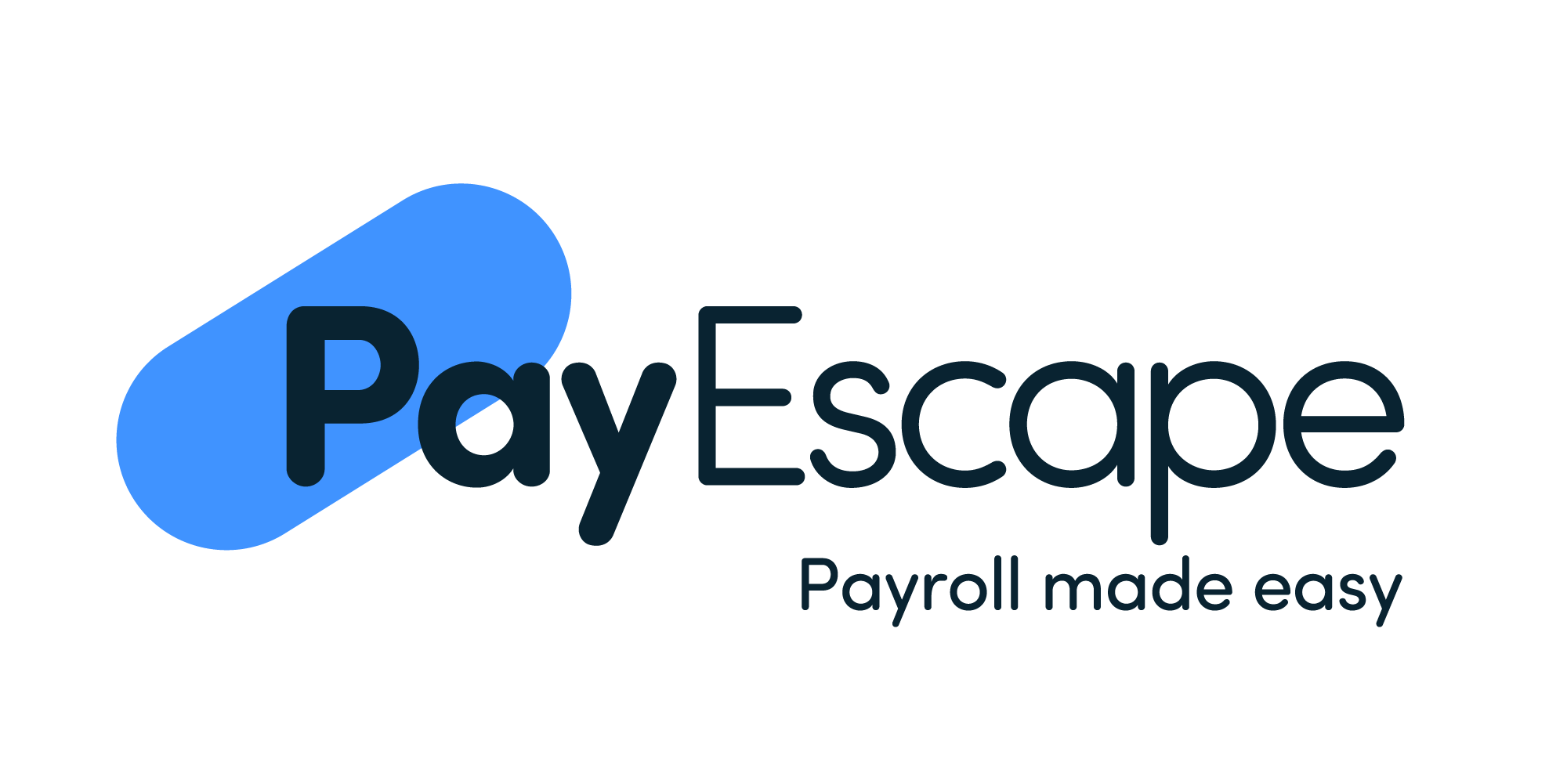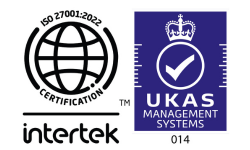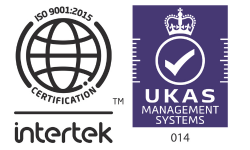Roles and Expectations for New Employees

Starting a new job can be both exciting and overwhelming. For employers, setting clear roles and expectations for new employees is a must ensuring that both parties are aligned from day one. Clear working guidelines not only helps the new employee integrate into the team but also allows them to understand what’s expected of them in their role.
Defining Job Roles and Responsibilities
One of the first steps in ensuring a smooth onboarding process is clearly defining the job role. A new employee should fully understand the scope of their position, including what their day-to-day duties will look like, which teams or departments they will work with, and the objectives they are expected to achieve. Job descriptions should be detailed and specific, outlining:
- Key responsibilities
- Expected outcomes
- Reporting structure
- Decision-making authority
Employers should ensure that this information is provided early, preferably during the recruitment process, so that there are no surprises once the employee begins their role. Clear communication helps manage expectations, avoids misunderstandings, and sets the employee up for success from the start.
Setting Performance Expectations
From day one, new employees should know what is expected of them in terms of performance. This goes beyond the duties outlined in the job description—it’s about the quality and efficiency of their work. Employers must communicate performance standards and key performance indicators (KPIs) early in the onboarding process.
For example, if an employee is in a sales role, what sales targets are they expected to hit in their first three months? If they are part of a customer service team, what metrics, such as response time or customer satisfaction scores, are they measured against? Setting specific, measurable, and realistic targets gives new employees a clear understanding of how their success will be evaluated.
Employers should also outline any probationary periods and the criteria for passing this phase. This transparency fosters trust and ensures that employees know exactly what they need to do to secure their position long-term. Talk to a HR consultant at PayEscape today to discuss how you can set these goals and expectations for your business.
Company Culture and Values
While job descriptions and performance expectations are critical, it’s equally important for new employees to understand the company’s culture and values. How an employee fits into the broader organisational culture can significantly impact their long-term success and satisfaction.
Employers should clearly communicate their company’s core values, such as teamwork, innovation, or customer focus, during the onboarding process. Employees should know how these values translate into daily operations. For instance, if teamwork is a core value, employees should understand the level of collaboration expected in their role. If customer focus is a key value, they should be aware of how this impacts decision-making at every level of the business.
Incorporating culture into the onboarding process helps new employees acclimatise quickly and align their personal work style with company expectations.
The Importance of Communication
Effective communication is a cornerstone of any successful workplace. New employees need to be introduced to the communication protocols of the organisation. This includes understanding:
- How teams interact (e.g., meetings, emails, or project management tools)
- Who to go to for questions or concerns
- Reporting structures and lines of communication
Employers should make it clear when and how they expect communication to occur, especially around progress updates, issues, and performance feedback. Introducing new employees to any tools or platforms used for internal communication, such as Slack or Microsoft Teams, ensures they can integrate into the workflow seamlessly.
Additionally, new employees should feel comfortable asking questions and seeking clarification if they’re unsure about any aspect of their role or responsibilities. Employers can facilitate this by creating an open-door policy or assigning a mentor for the early stages of employment.
Training and Development Opportunities
New employees often require some level of training to fully integrate into their new role. Employers should be transparent about the training schedule and the skills employees are expected to acquire during this period. Structured training programs can include:
- Technical training on specific tools or systems
- Soft skills training, such as communication or teamwork
- Compliance training related to industry regulations
For many employees, the opportunity for ongoing development is a key factor in job satisfaction. Employers should outline any professional development programs, mentorship opportunities, or additional training available to help new employees grow in their role. When employees see that there is room for growth, they are more likely to remain engaged and committed to the company.
Probation Period and Performance Reviews
A probation period is a standard practice for many companies, giving both the employer and employee a chance to assess whether the job is a good fit. During this period, it’s important that expectations are clear and that regular performance reviews are conducted.
Employers should explain how long the probation period will last, what the employee needs to achieve during this time, and what support will be provided to help them meet these goals. Clear criteria for evaluating success during probation should be established and communicated early.
Conducting regular performance reviews during probation allows both parties to address any concerns and ensure that the employee is progressing as expected. Feedback should be specific, constructive, and aimed at helping the employee improve and succeed.
Providing Feedback
Ongoing feedback is essential for new employees to understand how well they are meeting expectations and where they can improve. Employers should establish a culture of regular feedback, ensuring that it is not just given during formal reviews but also as part of everyday interactions.
Constructive feedback allows employees to adjust their performance in real-time, preventing small issues from escalating into larger problems. However, feedback shouldn’t only focus on areas for improvement. Positive reinforcement when employees meet or exceed expectations can motivate and increase their engagement.
Creating Clear Career Paths and Future Opportunities
To retain top talent, employers should communicate potential career paths from the outset. New employees are often more engaged and motivated when they can see a future with the company. While the initial onboarding focuses on the immediate role, it’s useful to provide a long-term view of how an employee can progress within the organisation.
Employers should outline:
- Opportunities for promotion or lateral moves
- Qualifications or performance milestones needed for advancement
- Available mentorship or leadership development programs
When employees understand the pathways available to them, they are more likely to stay with the company and work towards those goals. Employers benefit by retaining skilled and knowledgeable employees who are already aligned with the company’s values and culture.
Conclusion
Setting clear roles and expectations for new employees is critical to their success and the overall productivity of the organisation. From defining responsibilities and performance goals to fostering open communication and offering development opportunities, employers have a responsibility to ensure that new hires feel supported and guided in their new role.
By establishing clear expectations from the beginning, employers can help new employees integrate smoothly, achieve their objectives, and contribute positively to the company’s success. PayEscape offers integrated time, HR and payroll software to manage employee roles and wellbeing, book a free demo online today or get in touch with a member of our HR team online.























